Choosing a quality 4K Blu-ray player is increasingly important and since the market is becoming saturated with TVs pushing 70-inch screen sizes and more, the ability to scrutinize every detail in an image becomes ever more applicable. And there still appears to be a consensus that if you want to extract the best video and audio quality from your favorite movies and TV shows, then spinning up discs is the only way to go.
Sadly, the outlook for physical media and their respective players is looking less certain. While streaming media continues to replace the shiny disc as the movie-watching mode of choice, fewer players are finding their way onto store shelves. Even that almost indispensable stalwart of home cinema, the Panasonic DP-UB820 (reviewed below), while still widely available, is now in its unchanged sixth year of service. The idea that a Blu-ray player deck wouldn’t see a new product cycle or major overhaul over such a long period was simply unheard of ten years ago.
On the bright side, there have been a couple of new entrants to the disc player market. While we reviewed and liked the UBR-X100 and -X200 decks from France-based Reavon, it seems that the players are no longer available stateside. The company’s claims of making the players ‘universal’, in that they could handle any variety of discs thrown at them, seemed questionable at best. And they weren’t cheap either.
Then, last year, a new entrant appeared on the scene. China-based Magnetar announced not one, but two, high-end and pricey 4K Blu-ray disc transports. The company uses the same distribution network as the Reavon and former Zappiti brands, suggesting there may be some links. Magnetar’s top model, the UDP800 makes its debut on our list below.
We have decided only to include players capable of playing 4K UHD disc content. We figure that most of our regular members and even casual visitors to HTF won’t usually consider 1080p displays or standard Blu-ray players as their main movie-watching electronic combos these days.
If you’re excited to dip into or dive deeper into the world of physical media, we’ve compiled a list of the best Blu-ray players of 2024 from budget-friendly through to high-end below.
Table of Contents
Best Budget Blu-Ray Players
Panasonic DP-UB420
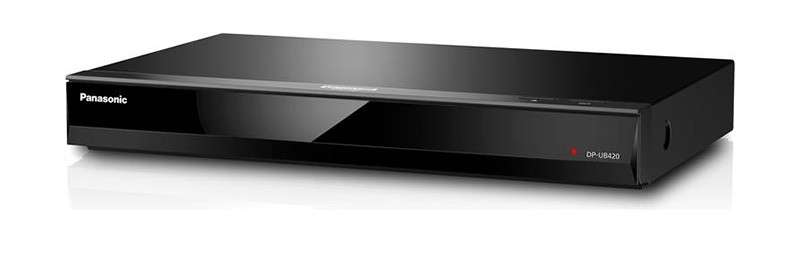
The DP-UB420 still gives disc hoarders a chance to experience some of Panasonic’s playback magic without needing to break the bank. The DP-UB420 sports several of the features of the benchmark DP-UB820 which have been ported into this more affordable chassis.
These include the invaluable HDR Optimizer tone mapping for customizing potentially problematic HDR content to your display, 4K direct chroma upscaling, and several streaming options.
While you must forego the 7.1 analog outs and Dolby Vision features of the UB820 (see below), the HCX processor – found in all Panasonic models further up the price scale – will guarantee pristine images on your screen.
Note that while multi-channel audio playback is impressive, the deck is considered a little harsh sounding on CDs. But it is also a nice touch to have Netflix, YouTube, and Amazon Prime apps baked in for streaming, and there is voice control compatibility with Amazon Alexa and Google Assistant.
Sony UBP-X700
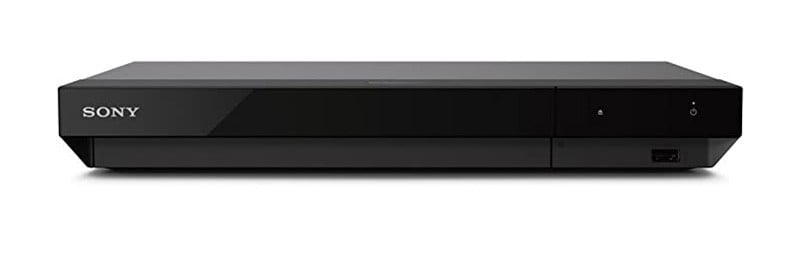
This Sony deck can deliver 4K and 1080p pictures which are highly detailed with a corresponding excellent audio output. The latter includes strong delivery from well-known immersive formats such as Dolby Atmos and DTS:X.
With a legacy of producing reference-grade studio monitors and arguably the finest residential displays, Sony is a safe pair of hands.
As well as Wi-Fi and ethernet for streaming apps, there is hi-res music support, but you will not be able to play multi-channel audio discs like SACD and DVD-A.
Perhaps the biggest complaint by users of this rather plasticky player is its need for manual selection of Dolby Vision. But it’s still good to see the feature on a deck at this price point.
The X700 notably does not have HDR10+ support. It is also clearly not designed for mounting into a rack and, consequently, at a 12-inch width, will most likely find a home on a shelf under the TV.
Some reviewers found the diminutive remote control and lack of optical audio output to be annoyances. Keep in mind, though, that the X700 is not a premium-grade player either.
If you want more bells and whistles, you will have to pay more.
LG UBK90 4K Blu-Ray Player
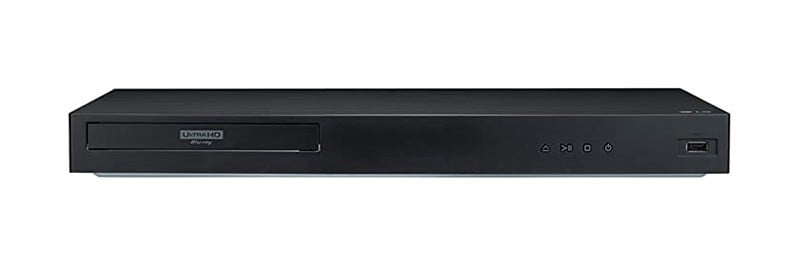
LG is still churning out its legacy UBK90 player. Hunt around and you might find a real bargain on this spinner.
But be aware that the player might fall short on features that other competitors offer. Perhaps the warning is already there in the pared-back front fascia – there is only a disc tray door, four discreet buttons, and a USB Out.
Like the other players in this budget category, the UBK90 will unlikely be the choice for users with a dedicated AV room.
As a plus over the Sony X700, the LG does detect Dolby Vision automatically, but there is no HDR to SDR conversion, universal disc support, or tone mapping feature.
On the upside, the unit does include Wi-Fi, Ethernet, an optical audio output, and robust immersive audio performance.
Images from 4K UHD content with Dolby Vision are considered particularly natural-looking and accurate, so you shouldn’t rule out this player if you are building out an AV setup on a budget. The X700 can also upscale lower-resolution content with confidence.
There are some rumors on the internet that the UBK90 is a multi-region player for Blu-rays and DVDs. If your movie collection includes the region codes of trans-Atlantic or trans-Pacific titles, then this might be worth investigating.
Best Mid-Priced 4k Blu-Ray Players
Sony UBP-X800M2
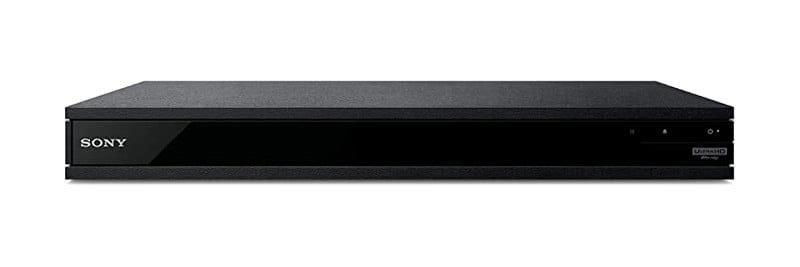
The top place in the Sony hierarchy of disc spinners is the UBP-X800M2, which was formerly superseded by the now unavailable X1100ES.
This latter spinner promised more robust audio chops with its ES or ‘Elevated Standard’ moniker. The product’s absence from the market suggests it didn’t prove to be enough of a convincing upsell over the unit we look at here.
Picture quality is full of detail and vibrancy, and the conveniently low-rise unit can play any disc on the market, including SACD, DVD-A and 3D Blu-ray. We believe that makes the player a superb value proposition alone. The X800M2 shines on music sources, too.
However, like Sony’s X700 (see above), a user must still manually select Dolby Vision. This could become a headache over time given that some UHD discs do not always include the logo on the packaging. Furthermore, unless DV is disabled, the processing will be applied to the next piece of content you show.
HDR10+ detection and implementation are also absent. Despite these reservations, the Sony sports a low-profile and stylish 17-inch design, which makes the X800M2 ideal for sliding into a rack.
There is a good sprinkling of connectivity options with analog and digital outs, a pleasant remote and the already-mentioned class-leading performance.
Panasonic DP-UB820

Perhaps not so compelling for Blu-ray deck shoppers is the locked price of the Panasonic DP-UB820. But before you plump for the far cheaper Sony X800M2 (see above), we recommend you give the Panasonic first refusal before committing to a final choice.
The DP-UB820 has become something of a benchmark and quality marker for high-end home theater performance, particularly if you are using a projector or large flat-panel display in your home.
There is hardly a Panasonic player in its current range that does not represent a compelling price/performance proposition. The DP-UB820 is no exception.
The player is a star act and delivers impressively detailed 4K images, startling color, and bounding audio with the default settings straight out of the box. If you want to tweak your 4K images and immersive audio even further, there is a comprehensive range of on-screen menus and features to help you along the way.
Taking on board much of the audio and picture delivery finesse from its larger sibling, the UB9000, the UB820 supports Dolby Vision, HDR10+, HLG, and a high-end bonus in the form of the HDR Optimizer.
Although the player looks appealing enough in a rack, you might have to overlook the unremarkable build quality and toy-like standard remote.
With that said, and for the time being, the UB820 represents the high bar for performance in a mid-price package.
Best Mid-High Priced 4k Blu-Ray Players
Panasonic DP-UB9000
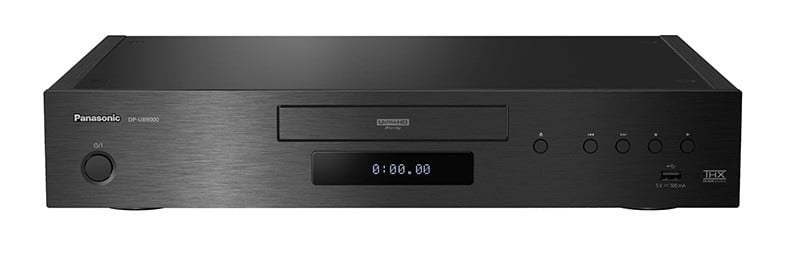
Panasonic’s DP-UB9000 feels like the grown-up version of the DP-UB820 and certainly belongs amongst the best 4K Blu-ray players. Like the Reavon models, the Panasonic has a handsome brushed aluminum faceplate, anti-vibration feet, and hi-fi-style steel chassis.
This is more like the kind of rugged kit to complement an equipment rack. However, if you want the more comprehensive disc support of SACD and DVD-A, you should consider a player from Magnetar (see below).
Some suggest that the UB9000 has the edge over former Oppo players in terms of color reproduction, contrast, and detail, making it a new force to be reckoned with.
As well as Panasonic’s second generation HCX video processor, the unit carries THX display certification, meaning that the player needed to satisfy multiple tweaky video tests before coming to market. The HDR Optimizer ensures that your display will not clip while negotiating bright highlights on problematic source material. That’s a great boon for projector owners.
Round the back of the unit, there are two balanced XLR outputs for two-channel media and 7.1 analog Outs.
Before you splash out – and even in this rather stagnant period for new physical media – keep in mind that a software player is the most likely component in your home theater to require an upgrade within a three-to-five-year lifespan due to fast-evolving tech or obsolescence.
Magnetar UDP800

Okay, you might need to take a gasp of breath when you see the price of Magnetar’s UDP800 player. If you decide its audiophile-grade big brother, the UDP900, is the disc player for you, then the reaction could be more severe.
But if you have a large physical media collection and need a player with a super-robust steel frame and excellent build quality, along with the ability to play all your discs, then look no further than the UDP800.
The thing weighs in at just under 18 lbs (8 kg) and plays just about any silver platter you throw at it: 4K UHD, Blu-ray, DVD, SACD, DVD-A, CD-R/RW, DVD-R/RW and so the list goes on. A dizzying array of hi-res file support will also delight audio aficionados.
While there are no 7.1 line-level outputs, audio buffs can enjoy a pair of balanced XLR outputs and a pair of premium Burr-Brown PCM 1795 DACs.
The player gets around the region coding conundrum, happily complying out of the box with Blu-ray Region 1, 2, and 3 discs. Quite how Magnetar gets around this is a bit of a mystery, but ask questions we will not.
Some might rue the lack of onboard streaming apps or even Wi-Fi. There is an Ethernet connection and RS-232C control, making the unit fully home automation compliant.
To top it all, though, the Magnetar UDP800’s video and audio quality are exemplary. Upscaling of legacy DVDs is also second-to-none. If an expansive disc media library is your passion (and let’s face it, for many of us it still is), then the UDP800 may have your name written all over it.
Martin, a seasoned journalist and AV expert, has written for several notable print magazines. He’s served in key roles at Lucasfilm’s THX Division, NEC’s digital cinema division, and has even consulted for DreamWorks. Despite his illustrious career, Martin remains rooted in his passion for cinema and acting, with notable appearances in several Spielberg films, Doctor Who, and Star Wars: The Empire Strikes Back. He currently resides in San Francisco.
Post Disclaimer
Some of our content may contain marketing links, which means we will receive a commission for purchases made via those links. In our editorial content, these affiliate links appear automatically, and our editorial teams are not influenced by our affiliate partnerships. We work with several providers (currently Skimlinks and Amazon) to manage our affiliate relationships. You can find out more about their services by visiting their sites.

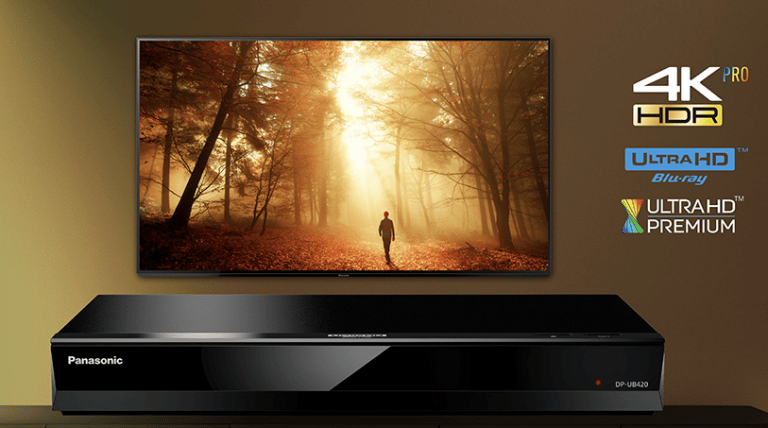
Similar threads